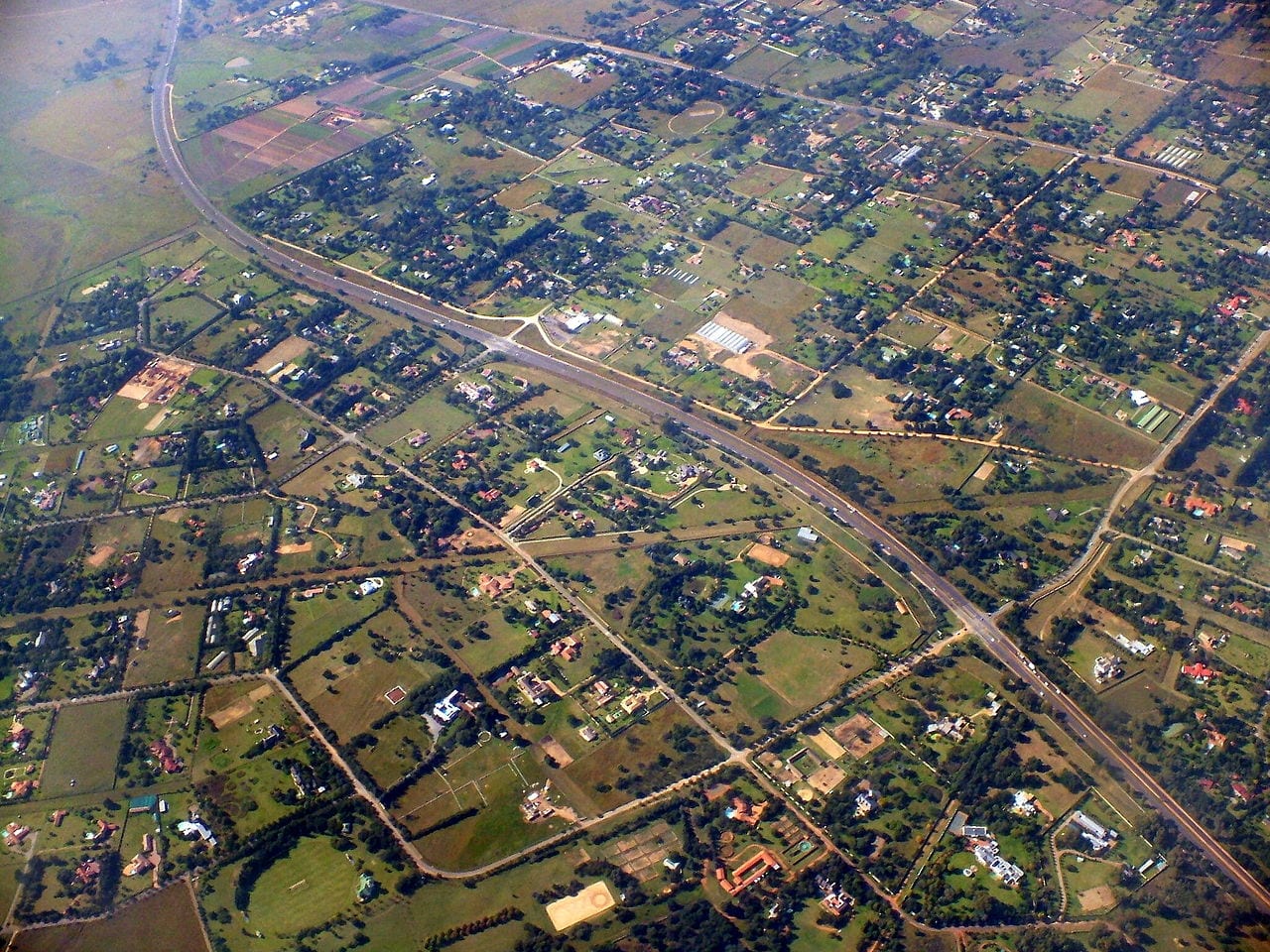In Celebration of Walls: Frank Lewinberg on Johannesburg

Frank Lewinberg’s article “In Celebration of Walls” will be included as part of a new educational book for Danish high school students, entitled “From Apartheid to Zefside” being published by Danish publisher L&R Uddannelse. The theme is Apartheid in South Africa and the language is English. The essays deal with how Johannesburg has changed. His article is is a short think piece he wrote for a book that was published in South Africa at the time of the 2010 World Cup.
In Celebration of Walls
Johannesburg is a city of walls. Walls surround virtually all homes and many of the city’s major buildings. Walls clearly delineate private space from public space. They simultaneously define where those with the legitimate right of access may go, while excluding everyone else, denying them a formal entryway. Ironically, today Johannesburg’s walls stand as a unique physical symbol of the dramatic changes that have swept through South Africa in the past 20 years.
It was not always so. Johannesburg was once a city with few walls, not unlike most European and North American cities. Low walls or planted hedges often served to separate the private from the public, establishing property limits but at the same time inviting the eye, conversation and even some limited access into the semi-private space that separates the public street from the private building within.
I grew up during the 1950s and 1960s in a middle-class suburb of Johannesburg. As a white child, my neighbourhood felt safe, easy and comfortable. From a very young age, on foot or on my bike, I visited friends or went to the store. As a teenager, my friends and I continued to walk comfortably across the northern suburbs of Johannesburg day or night. We felt at ease and comfortable, and above all, both we and our parents felt safe. That was the apartheid city.
While there were no walls around our homes, we had an invisible wall around our lives, indeed around that massive area comprising the northern suburbs. We felt safe because the Black people were not allowed to be there at night, certainly not after the set hour. We felt safe because the streets were continuously patrolled. We felt safe because we lived in an exclusive island of unreality. The walls were provided by the apartheid state, invisible to us white kids, but clearly visible to the eyes of Black people. As a child I had no idea, no understanding, that the pattern of my daily life was circumscribed by such flimsy and differing perceptions, such double vision.
As apartheid began to crumble, the cocoon of the Northern suburbs began to crumble with it. The police state was cracking to the tune of the children of Soweto. The police were being kept very busy in other places, and the safety and security of the northern suburbs was less easily assured. So white people took matters into their own hands and house-by-house, the walls started to go up. It was no longer possible to guarantee safety at the expense of the state. What appeared to be a slow incremental process, in fact happened very quickly, in less than 15 years. Today these walls have become a signature of Johannesburg.
To those from North America and Europe this looks like a step backwards. Should not the streets in neighbourhoods be inherently safe? Should not small children be able to play safely in public places? But the new Johannesburg is much more recognizable in many of the world’s cities where there is a massive disparity in income levels across the society. The walls of Johannesburg are not unlike those emerging in Mexico City or Sao Paulo. It was apartheid that made Johannesburg feel like a North American or European city, a place from which the white folk had come. Now Johannesburg is not like unlike its Latin American sisters. The reality of poverty, a small population of very affluent people living in a large population of very poor people, and a drastic shortage of jobs, these together shape the city.
In the immediate future, the removal of those walls is unlikely, an unrealistic and utopian vision. There are many problems to confront and safety and security are relatively small ones. It will ultimately be critical to address the issue of how to make the streets of Johannesburg safe, attractive and inviting again, but this will happen naturally if South Africans are able to address many of the more fundamental issues that they are today grappling with.
But for now we need to make the best of what we have. Indeed, Jo’burgers are a creative lot and as one travels across the city one notices a fine array of interesting new designs for walls. Pompous walls, ugly walls, walls of lush foliage and walls that have become wonderful entry gates. Transparent walls are made like historic ones, not unlike those surrounding many of the great buildings in Europe or even the White House. Slowly Jo’burgers are beginning to find ways to integrate these walls, to make these walls less offensive.
Today Johannesburg is truly a post-apartheid city. Its walls are a signal of change in South Africa and a sign of a healthy and real city. Safety is no longer provided by the state at taxpayers’ expense. It is provided by private owners of any racial group who need to buy their own security as they see it, and as such, security has been appropriately privatized. Let us celebrate the walls of Johannesburg as a signal of the fundamental change in the society, writ large along its streets, sweeping across its neighbourhoods. The walls of Johannesburg are a symbol that has become a part of the city’s personality, and a fundamental part of the design and creation of Johannesburg today as it evolves.
Read more about Frank Lewinberg.
Image credit: Dominique Lancastre/http://commons.wikimedia.org/